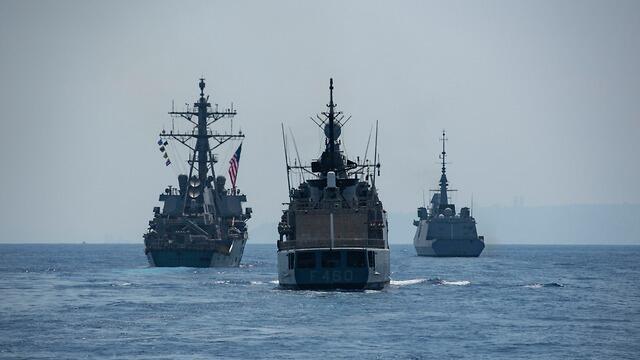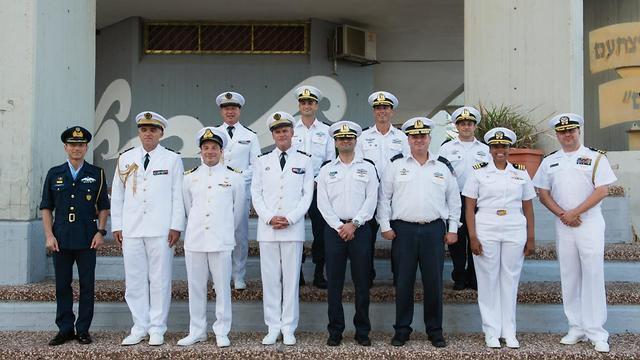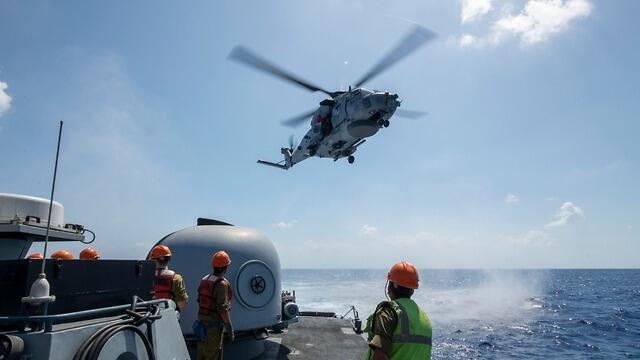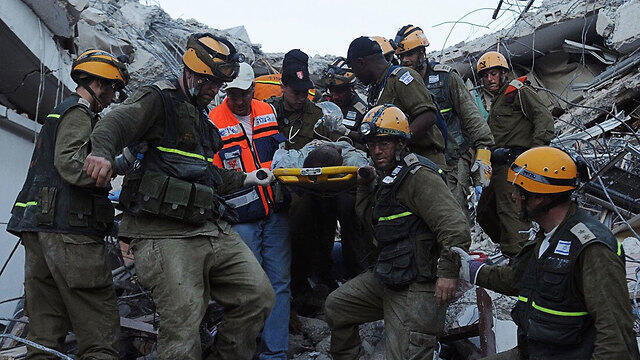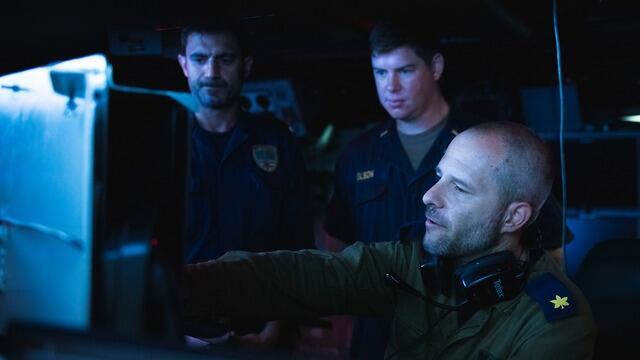Getting your Trinity Audio player ready...
Israel's navy has been training for a massive earthquake and ensuing tsunami that would lay waste to much of the country's infrastructure and cause tens of thousands of casualties, in a multinational drill involving 11 countries.
and Twitter
According to data, there is a significant earthquake in the region every 100 years, and the last one in Israel occurred in 1927.
"This is the largest international exercise the Israeli navy has led to date," said the commander of the navy's Haifa base, Brig. Gen. Gil Aginsky of the week-long exercise.
The drill practiced for a humanitarian crisis sparked by a magnitude 7.0 temblor and subsequent huge tsunami hitting the coastal plain of Israel. Troops trained to quickly assess the damage and select a port to bring in assistance as the maritime gateway to the country.
The navies of Greece, France and the United States participated in the main exercise at Haifa Port, while other countries including Germany, Italy, Canada, Chile and Cyprus focused on coordinating real-time assistance and providing information based on their own experiences.
As two of its neighbors (Syria and Lebanon) are enemy states and assuming that Egypt and Jordan would also be hit by such an earthquake, Israel would in fact essentially become an island in such a catastrophic event. As such, most of the international aid would arrive by sea and only a minority of the assistance would be delivered by air.
"A small aircraft carrier can deliver in one go what a C17 transport plane could bring in 54 sorties," Aginsky said Monday.
"We also practiced bringing assistance by air, but in such a situation we would have to deliver items that could be brought by sea, such as heavy engineering equipment including cranes and bulldozers for evacuation and treatment at multiple sites of destruction."
The planners of the exercise did not start from scratch, instead using as a basis the lessons learned from the IDF assistance to the 2010 Haiti earthquake, which killed 200,000 people, affected 3 million others and destroyed hundreds of thousands of buildings.
"Then too, they used the naval presence as an independent aid center, with a naval hospital that did not depend on infrastructure on land and created a logistics base at sea," the navy said.
"During our exercise we also practiced our response to the damage to the roads from Haifa southwards. When you act in such a coalition, the whole is greater than the sum of its parts, and could also be applied to scenarios such as major fires or boats sinking.
"We practiced inter-organizational cooperation with the National Emergency Authority at the Defense Ministry, Haifa Port, Rambam Hospital (in Haifa), the IDF Technology and Logistics Directorate and the Foreign Ministry - each playing their own part."


